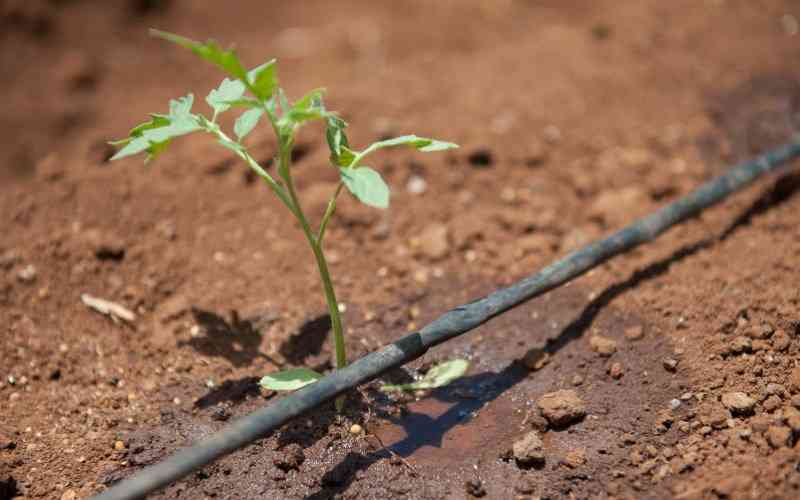
I study computers and information technology in the Purdue Polytechnic Institute and direct Purdue's Environmental Networking Technology Laboratory, where we tackle sustainability and environmental challenges with interdisciplinary research into the Agricultural Internet of Things, or Ag-IoT. The Internet of Things is a network of objects equipped with sensors so they can receive and transmit data via the Internet. In agriculture, it involves technologies such as wireless underground communications, subsurface sensing and antennas in soil. These systems help farmers track conditions on their land in real time, and apply water and other inputs such as fertiliser exactly when and where they are needed.
Efficient water management